What Diablo 4 can do to compete with Path of Exile
While Diablo's been sleeping, Path of Exile has snatched its crown. What's it going to do about it?
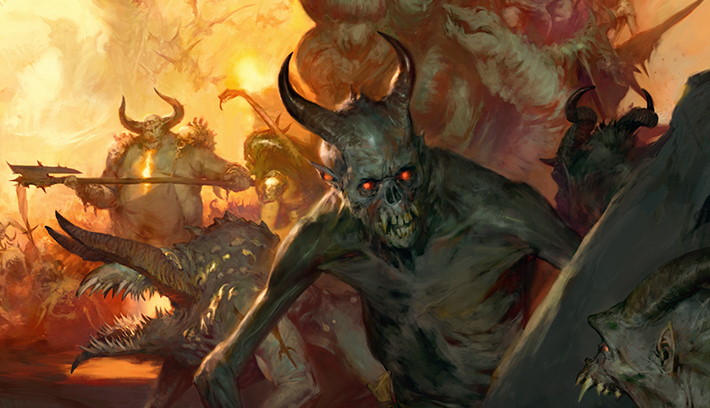
Diablo is a beast that looms over every action-RPG, with its 24 years of dominance and a legacy that makes other games sweat. Diablo 3, despite a bumpy start, carried on that legacy, and players got to watch it evolve over a multitude of updates. There was the itemisation overhaul, the Necromancer class and an endless supply of rifts. Then the tap was turned off. With the titan slumbering, the ever inventive Path of Exile seems to have taken its place. Diablo 4 is coming, but when it finally arrives, it's going to have some tough competition.
While Diablo 3 continues to tick along without many people paying attention to it, Path of Exile hasn't stopped growing. Grinding Gear Games continues to conjure up new seasons four times a year that shake things up with game-changing systems like hideouts, gardening, even monster collecting. Players have welcomed this iteration and occasional reinvention by returning in their droves time and time again. In January, it set a new personal best for concurrent players, peaking at more than 157,000. It's doing pretty well. And like Diablo, it's also getting a sequel.
There's still a long way to go before either game appears, though, so here's what the former king could do to get back on top of the ARPG pile.
Embrace live service gaming
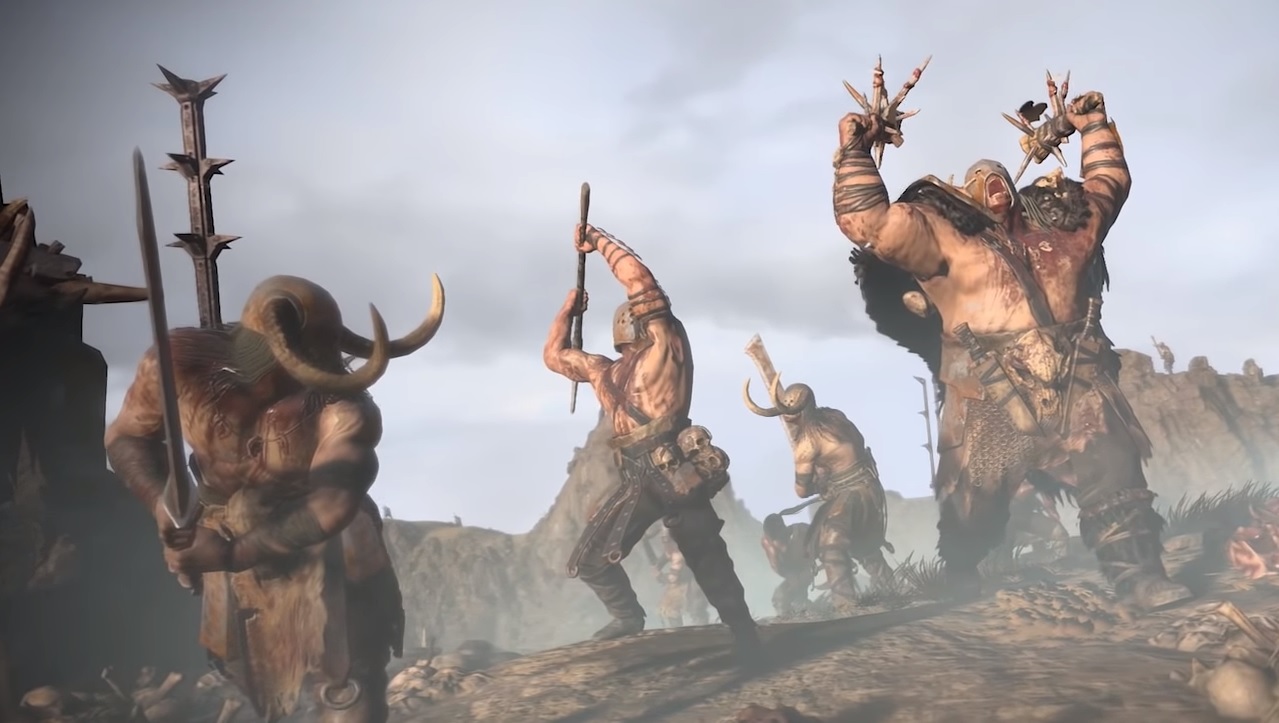
Diablo 3 launched before the explosion of live service games and comes with a price tag, but with its seasons and stream of updates it certainly fits the model. Blizzard never seemed to figure out how best to use it, though. Compare it to games like Fortnite and Hearthstone, and Diablo 3 is conservative and static. Balance changes and seasonal rewards haven't made up for the fact that we're still playing with systems and fighting through locations that were designed nearly a decade ago.
I doubt Diablo 4 will be free-to-play, and I pray it won't come with a battle pass, but there are plenty of other things that it can borrow from the competition—most importantly, the agility of other live service games. Path of Exile's seasons, known as leagues, have allowed Grinding Gear to design enough new systems and experiments to cram inside multiple new games. Whenever I think I'm done with it, a weird new league appears and I jump straight into character creation. The leagues haven't all been winners, but then they end and it's onto the next new thing. The stuff that's well-received then gets permanently added to the main game, allowing these experiments to leave an indelible mark.
With Diablo 4 featuring a shared world that calls to mind an MMO, the Diablo team might look to World of Warcraft for inspiration. It's always in flux, and something new always seems to be around the corner, waiting for people to get bored. New raids, storylines, event quests—Azeroth's inhabitants are kept busy. It's so different from how it started that Blizzard now maintains World of Warcraft Classic servers, running two distinct versions of the game. It'll be a tricky balancing act, though, because it might be a mistake for Diablo to venture too far into MMO territory.
Let us play alone
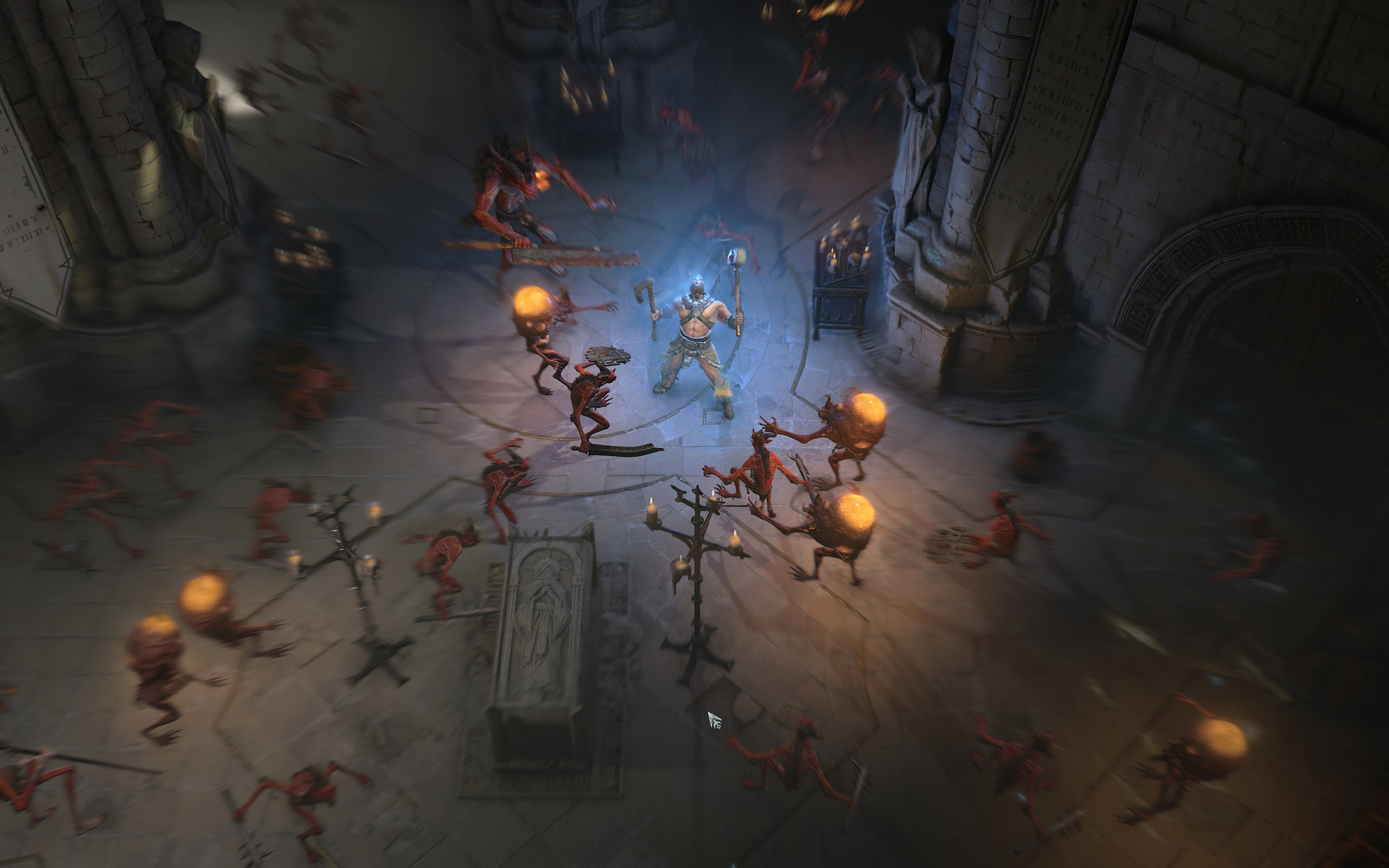
Even when venturing into a dungeon with a few friends, Diablo has always evoked loneliness and isolation, but this time you're going to see randos running around, grabbing quests and slaughtering monsters right in front of you. I won't beat around the bush here—this seems kinda shit.
Keep up to date with the most important stories and the best deals, as picked by the PC Gamer team.
Finding people to play Diablo 3 with wasn't a problem, so it feels like Diablo 4's shared worlds are trying to fix an issue that simply doesn't exist. If I play Diablo 4 with anyone, it will probably be friends, and with that in mind I'd quite like the option to not see other people until I want to—which will probably be never. Story quests and dungeons will still be just for you and your group, but Blizzard's also putting in lots of multiplayer diversions, including events, enemy camps, side quests and PvP. Even if you're planning on ignoring that, Blizzard says you'll still have to put up with other people in your game.
Like a lot of the changes introduced in Diablo 3, maybe lots of players will learn to love the pseudo-MMO elements, but I suspect there will be plenty who will just find somewhere else to go on their solo adventures.
Make co-op meaningful

If I can't escape the shared world, I certainly hope co-op is more memorable. I've never really felt encouraged to play with anyone else in either Diablo 3 or Path of Exile, and when I do, most of the fun comes from the simple fact that it's a laugh to carve a bloody swathe through a dungeon with your pals. Aside from that, it's never seemed like a distinct experience. If Diablo 4 wants to make multiplayer a big part of the experience, it will need to make working together more attractive, which could also give it a leg up on Path of Exile.
Multiplayer features like camps and events suggest the possibility for encounters that demand communication and team tactics, but I hope that's also replicated in the less open multiplayer, where you're just on a trip into a dungeon with a few mates. That's also the place where people are more likely to make a real effort to work together.
There are ways to make co-op more engaging outside of combat, too. Path of Exile, for instance, features a few trap-infested puzzle areas. These can be enjoyed entirely on your own, but I quite fancy the idea of solving some dungeon conundrums with my smarter friends. Just a few obstacles that can't be solved with a sword, and which encourage teamwork, would go a long way to making me want to play with other humans.
Make character progression its own adventure

If you're remotely interested in experimenting with character builds, theorycrafting and getting stuck into a lot of numbers, then there's no ARPG that can compete with Path of Exile. The trinity of active skills, passives and gear is absurdly elaborate, turning nurturing your character into an adventure that will take you all across the daunting map of passive skill nodes. It will be hard for me to go back to anything less ambitious.
Diablo 4 shouldn't try to match the complexity of Path of Exile—it might be nice to play an ARPG that doesn't come with maths homework again—but it could certainly do with trying to capture some of the tantalising breadth of Path of Exile's possibilities. This is not to say that Diablo 3 hasn't left me tweaking and testing to create the most devastating builds, but it always feels like I'm going down well-trodden paths instead of charting my own course.
My hope is for Diablo 4 to find a middle ground. As much as I love Path of Exile's skill grid, it's impossible to effectively navigate without lots of preparation, and I've come to completely rely on a third-party app to help me design my builds. The good news is that it might be heading in that direction. The WIP skill trees that we've seen are a lot easier to digest than PoE's, but Blizzard is also experimenting with a passive skill tree that sits below the active one, letting you give your character general upgrades that aren't specifically tied to your class.
Set aside set bonuses

Set bonuses dominate Diablo 3. Though it's undeniably more accessible, pushing players to specific gear sets erodes a lot of the joy that comes from hunting down great loot. I often find myself dumping items I'd otherwise be excited to get my hands on, just because I don't want to sacrifice the bonus. The cost of the convenience is the sense that you're following a script rather than making your own character.
Path of Exile, meanwhile, lets you figure out what gear to use yourself, depending on what build you've settled on. A single item can turn a middling build into a killer, so it's all about finding the right incredibly powerful items for you. It's definitely harder to figure out what you need to stick in your gear slots, but the bevy of options and their impressive upgrade potential means you have so many opportunities to improve your character throughout the game.
Getting rid of set bonuses entirely would be an extreme solution, however, as they're still attractive goals to work towards; it would be a shame to lose the accessibility they provide, too. If they were an alternative rather than a necessity, we could have the best of both worlds. Thankfully, Blizzard already seems to agree. Gear sets will be less prominent, it says, with individual items becoming the things that make your build special. With development still ongoing, we'll have to wait to see if it finds the right balance, but it's reassuring to see Blizzard identifying the problems the old system posed.
Give us a memorable cast

While Path of Exile's playable roster are all visually distinct and sport unique backstories, they're really just a frame around which you build your class. I've got no attachment to any of them. Diablo 3 was already much better in this regard, and by leaning into its characters a bit more, Diablo 4 could offer just the right hook to get people to jump ship.
Really, what I'd like, is just to see an ARPG that remembers the roleplaying bit. I don't mean long conversations with dense dialogue trees, but there's plenty of room to inject a bit more personality in a way that doesn't bog the game down or interfere with the brisk pace. Character-specific quests, objectives or obstacles that tie into their backstory would be a good starting place.
Maybe there's a shortcut that you can only get by getting a critter to help you, something that only the Druid could do. If there's a rogue-adjacent class, perhaps they'll be the only one that can open certain locked doors. Even if you don't care about the narrative, there are still ways for these characters' personalities and skills to be pushed to the fore that make them more engaging to play.
Turn out the lights
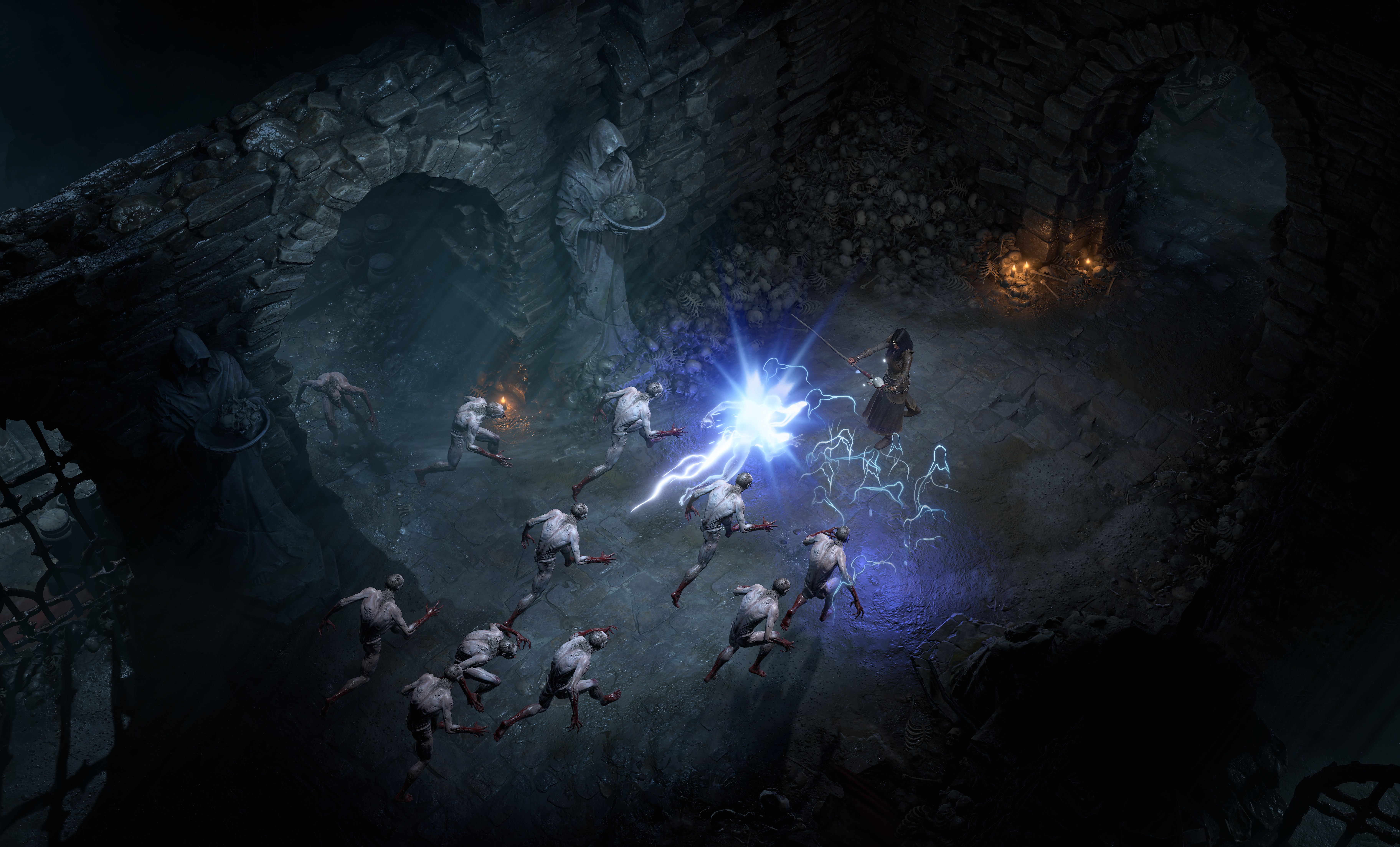
Aesthetically and tonally, Path of Exile feels more like a Diablo 2 sequel than Diablo 3. The latter looks great, but it's missing the relentless gloominess from its predecessor. I desperately miss the horror.
From what we've played, it does seem like Diablo 4 is back in grim territory. "Diablo 4's crypts feel more hateful than Diablo 3's," Tyler wrote in his Diablo 4 preview. "They're grimier and dustier, with Bloody Piles that explode like popped blisters in slow-mo." But the shared world threatens to undermine it a little bit, because that feeling of horror goes beyond the aesthetic; it's harder to appreciate the tension and embrace your fear when you've got a bunch of randos with silly names getting in your way. Thankfully, you won't come across any in dungeons.
It's going to take more than grisly art, too. The narrative, audio, lighting, enemy design—these are all big contributors. It's been a long time since Blizzard designed anything that wasn't a bright, colourful cartoon, but hopefully that means it's ready for a change.
Offer better value
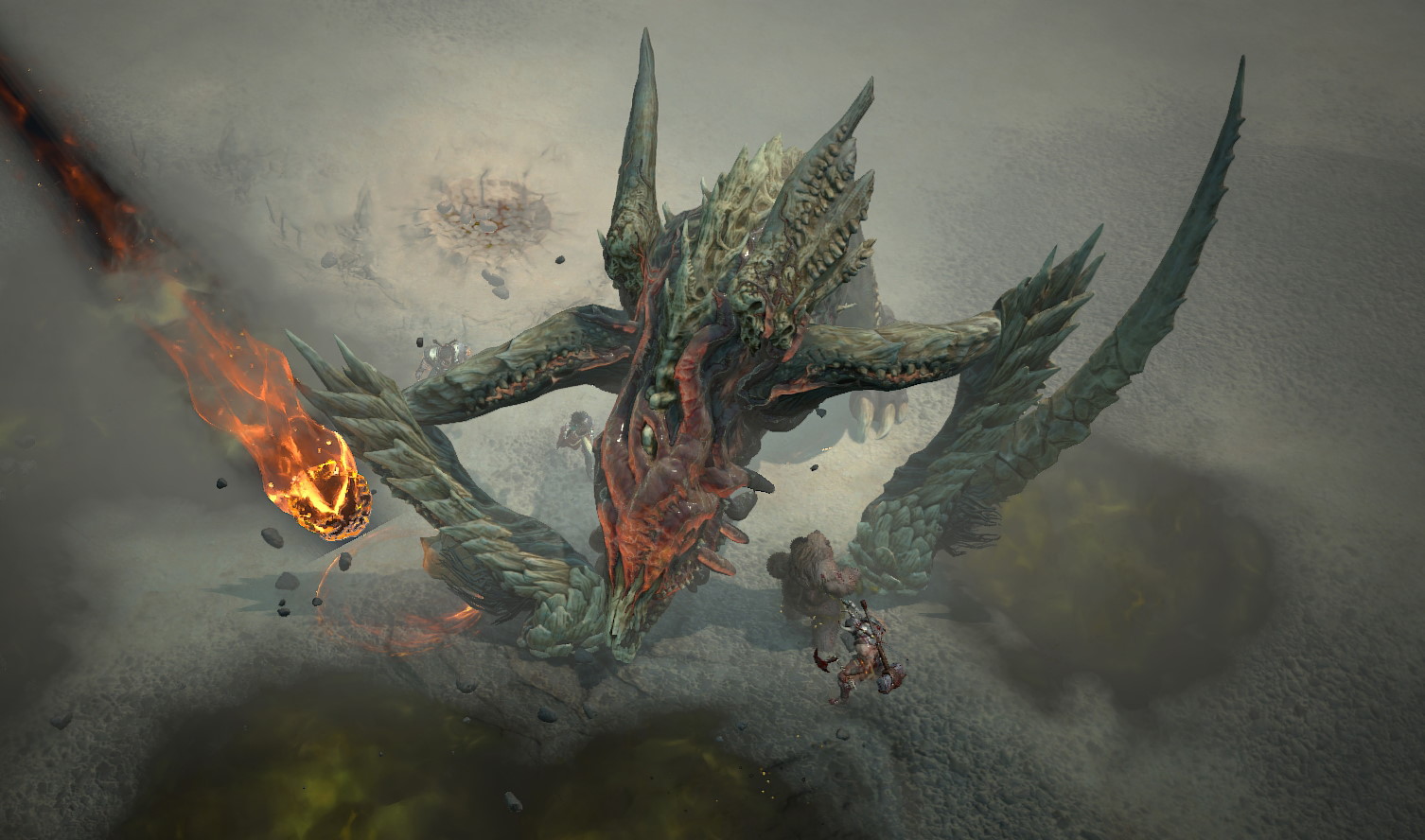
This is going to be a tricky one. Path of Exile is one of the best value games I've ever played. I've spent a bit more than £100 on it, almost exclusively on cosmetics, and it was mostly out of guilt from enjoying this big ass free game for so many years. But you can drop no cash at all and still get a game that is significantly meatier than Diablo 3. If you're being frugal, there's really only one choice here.
What can Diablo 4 offer that Path of Exile and its sequel can't? Not much, frankly. It's got that Activision money, of course, which means there's cash to burn on extra bells and whistles and superior production values, but it's not like Grinding Gear is strapped. It was acquired by Tencent a few years ago, taking away Diablo's advantage.
To be clear, I think the cash I dropped on Diablo 3 and Reaper of Souls gave me plenty of value, but in the 2020s asking people to drop £40 on a game that's doing exactly the same thing as one that's entirely free seems like a hard sell.
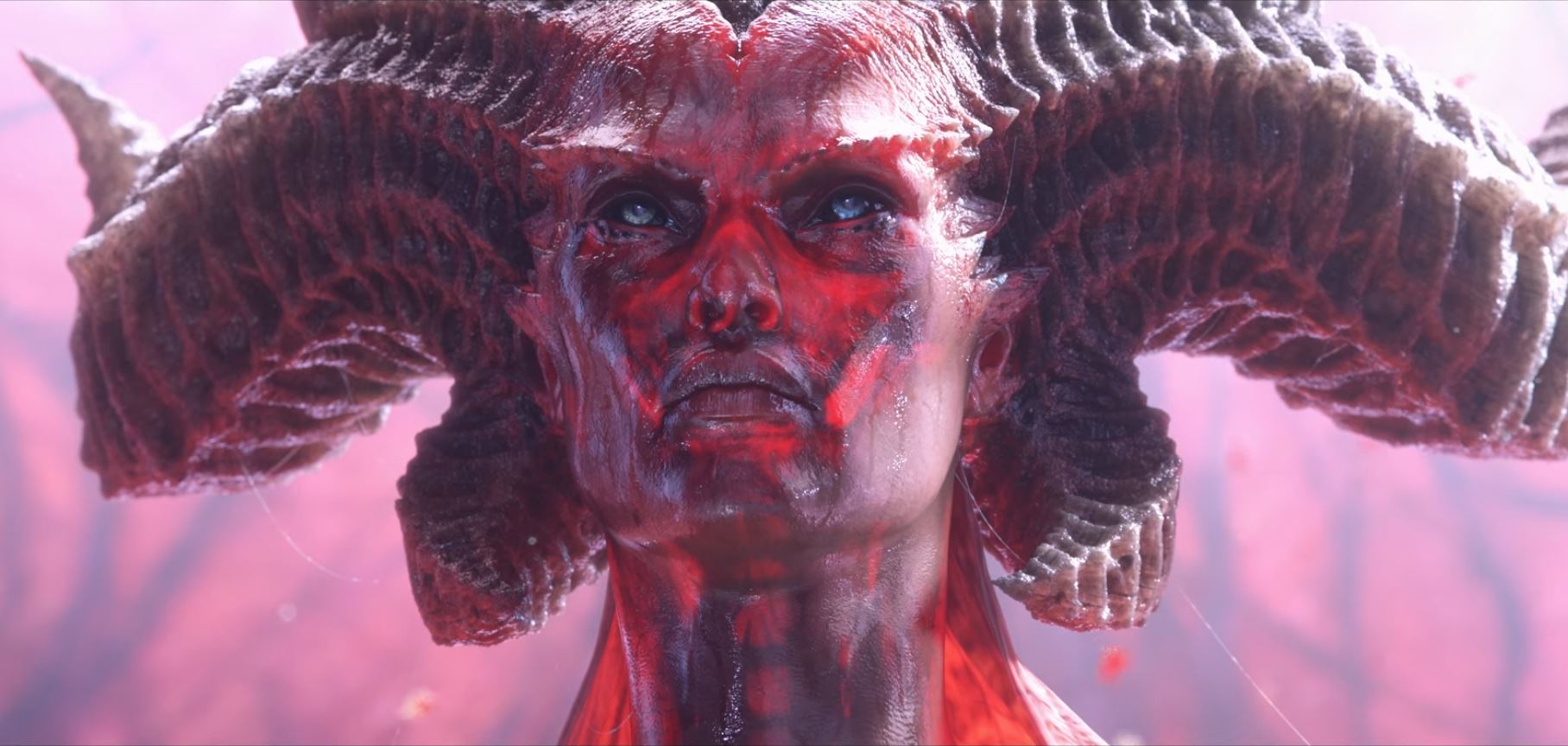
Despite the knocks it's taken to its reputation, I expect any new Blizzard game to have a successful launch. It'll probably do the numbers regardless of reviews or the competition. The challenge is making it last.
Plenty of live service games have enjoyed big launches and then experienced nothing but trouble. While some, like Fallout 76, have managed to turn things around and hold onto players, there are ones like Anthem that seem destined to become a snarky footnote in the history of games. And Blizzard's proved that it's not too big to fail—Heroes of the Storm's esports scene was killed off in 2018 and development was scaled back, while the remaster of one of its most beloved games, Warcraft 3: Reforged, ended up being a massive disappointment. This time, it can't rest on its laurels.

Fraser is the UK online editor and has actually met The Internet in person. With over a decade of experience, he's been around the block a few times, serving as a freelancer, news editor and prolific reviewer. Strategy games have been a 30-year-long obsession, from tiny RTSs to sprawling political sims, and he never turns down the chance to rave about Total War or Crusader Kings. He's also been known to set up shop in the latest MMO and likes to wind down with an endlessly deep, systemic RPG. These days, when he's not editing, he can usually be found writing features that are 1,000 words too long or talking about his dog.

